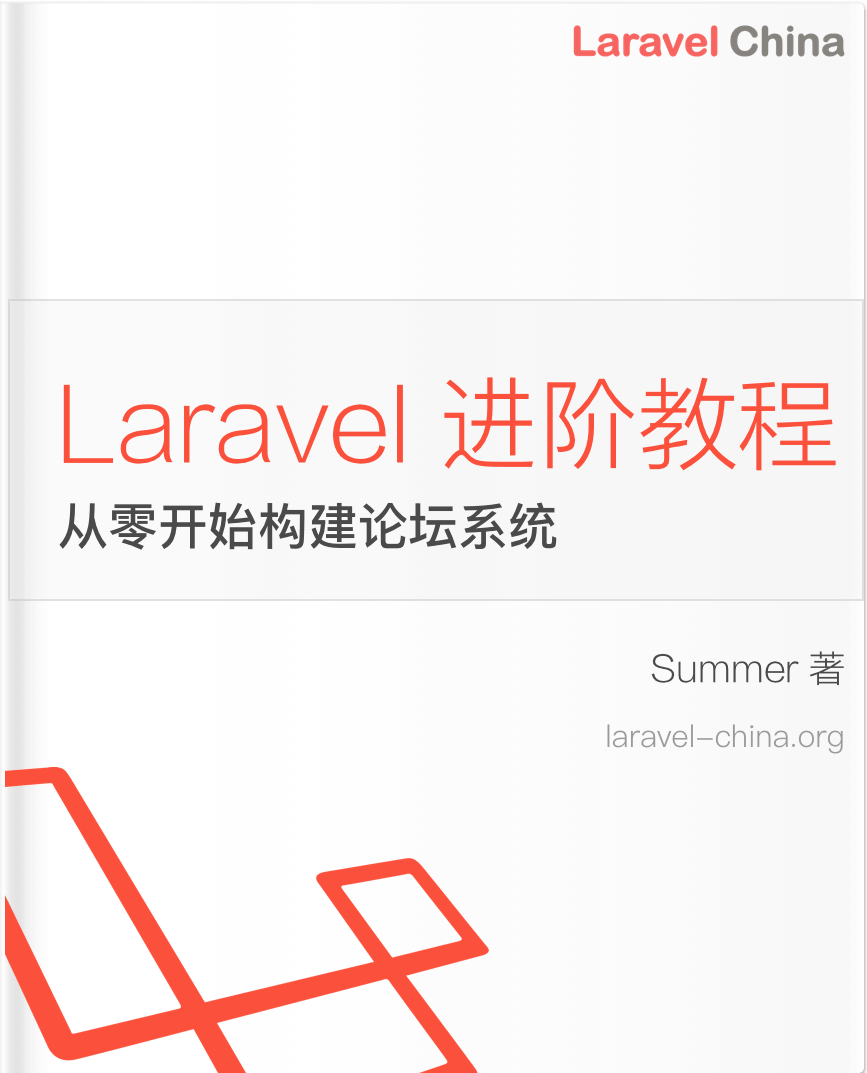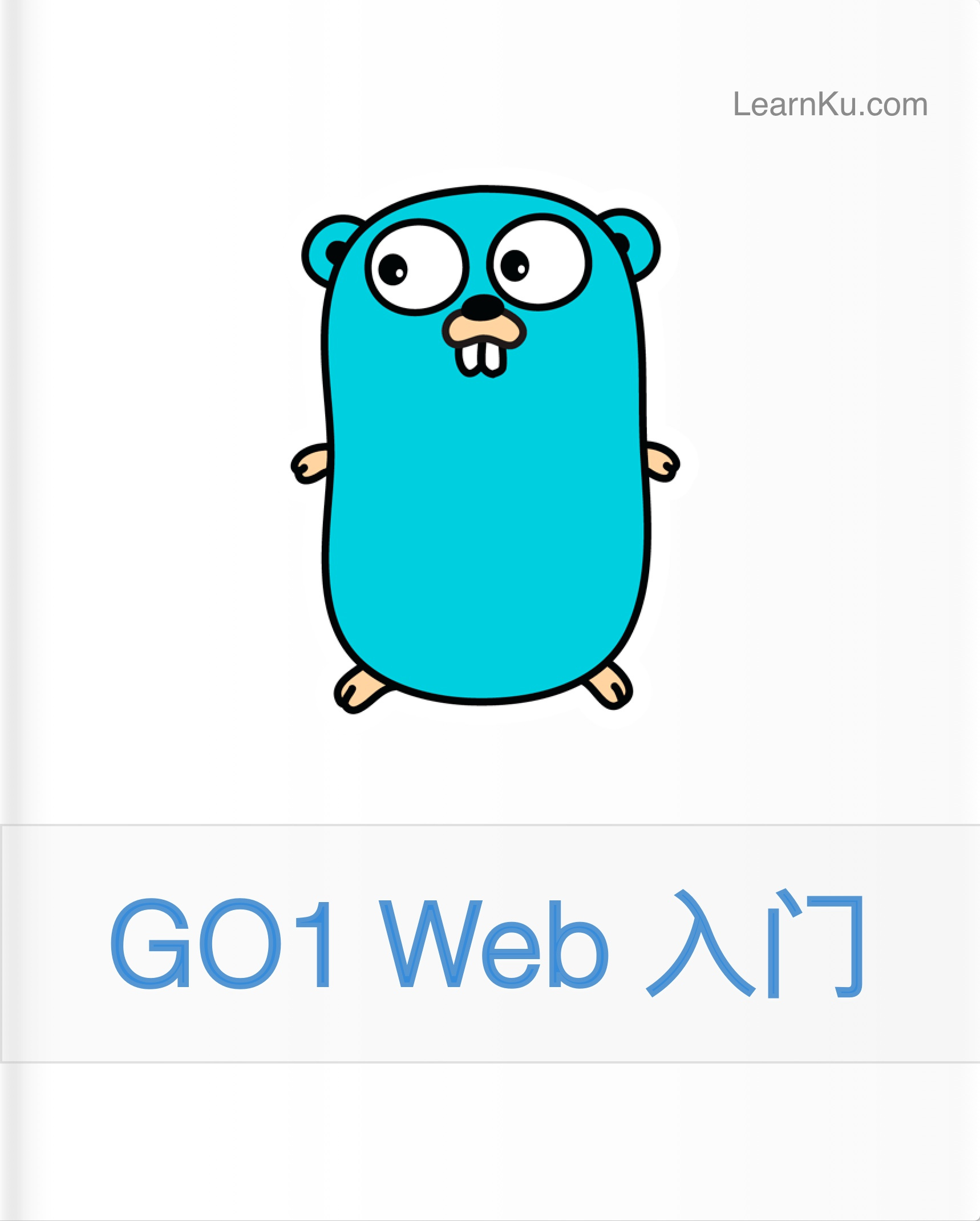跟我一起学 Laravel-EloquentORM 高级部分
跟我一起学Laravel-EloquentORM高级部分
查询作用域
全局作用域
全局作用域允许你对给定模型的所有查询添加约束。使用全局作用域功能可以为模型的所有操作增加约束。
软删除功能实际上就是利用了全局作用域功能
实现一个全局作用域功能只需要定义一个实现Illuminate\Database\Eloquent\Scope接口的类,该接口只有一个方法apply,在该方法中增加查询需要的约束
<?php
namespace App\Scopes;
use Illuminate\Database\Eloquent\Scope;
use Illuminate\Database\Eloquent\Model;
use Illuminate\Database\Eloquent\Builder;
class AgeScope implements Scope
{
/**
* Apply the scope to a given Eloquent query builder.
*
* @param \Illuminate\Database\Eloquent\Builder $builder
* @param \Illuminate\Database\Eloquent\Model $model
* @return void
*/
public function apply(Builder $builder, Model $model)
{
return $builder->where('age', '>', 200);
}
}在模型的中,需要覆盖其boot方法,在该方法中增加addGlobalScope
<?php
namespace App;
use App\Scopes\AgeScope;
use Illuminate\Database\Eloquent\Model;
class User extends Model
{
/**
* The "booting" method of the model.
*
* @return void
*/
protected static function boot()
{
parent::boot();
static::addGlobalScope(new AgeScope);
}
}添加全局作用域之后,User::all()操作将会产生如下等价sql
select * from `users` where `age` > 200也可以使用匿名函数添加全局约束
static::addGlobalScope('age', function(Builder $builder) {
$builder->where('age', '>', 200);
});查询中要移除全局约束的限制,使用withoutGlobalScope方法
// 只移除age约束
User::withoutGlobalScope('age')->get();
User::withoutGlobalScope(AgeScope::class)->get();
// 移除所有约束
User::withoutGlobalScopes()->get();
// 移除多个约束
User::withoutGlobalScopes([FirstScope::class, SecondScope::class])->get();本地作用域
本地作用域只对部分查询添加约束,需要手动指定是否添加约束,在模型中添加约束方法,使用前缀scope
<?php
namespace App;
use Illuminate\Database\Eloquent\Model;
class User extends Model
{
/**
* Scope a query to only include popular users.
*
* @return \Illuminate\Database\Eloquent\Builder
*/
public function scopePopular($query)
{
return $query->where('votes', '>', 100);
}
/**
* Scope a query to only include active users.
*
* @return \Illuminate\Database\Eloquent\Builder
*/
public function scopeActive($query)
{
return $query->where('active', 1);
}
}使用上述添加的本地约束查询,只需要在查询中使用scope前缀的方法,去掉scope前缀即可
$users = App\User::popular()->active()->orderBy('created_at')->get();本地作用域方法是可以接受参数的
public function scopeOfType($query, $type)
{
return $query->where('type', $type);
}调用的时候
$users = App\User::ofType('admin')->get();事件
Eloquent模型会触发下列事件
creating, created, updating, updated, saving, saved,deleting, deleted, restoring, restored
使用场景
假设我们希望保存用户的时候对用户进行校验,校验通过后才允许保存到数据库,可以在服务提供者中为模型的事件绑定监听
<?php
namespace App\Providers;
use App\User;
use Illuminate\Support\ServiceProvider;
class AppServiceProvider extends ServiceProvider
{
/**
* Bootstrap any application services.
*
* @return void
*/
public function boot()
{
User::creating(function ($user) {
if ( ! $user->isValid()) {
return false;
}
});
}
/**
* Register the service provider.
*
* @return void
*/
public function register()
{
//
}
}上述服务提供者对象中,在框架启动时会监听模型的creating事件,当保存用户之间检查用户数据的合法性,如果不合法,返回false,模型数据不会被持久化到数据。
返回false会阻止模型的
save/update操作
序列化
当构建JSON API的时候,经常会需要转换模型和关系为数组或者json。Eloquent提供了一些方法可以方便的来实现数据类型之间的转换。
转换模型/集合为数组 - toArray()
$user = App\User::with('roles')->first();
return $user->toArray();
$users = App\User::all();
return $users->toArray();转换模型为json - toJson()
$user = App\User::find(1);
return $user->toJson();
$user = App\User::find(1);
return (string) $user;隐藏属性
有时某些字段不应该被序列化,比如用户的密码等,使用$hidden字段控制那些字段不应该被序列化
<?php
namespace App;
use Illuminate\Database\Eloquent\Model;
class User extends Model
{
/**
* The attributes that should be hidden for arrays.
*
* @var array
*/
protected $hidden = ['password'];
}隐藏关联关系的时候,使用的是它的方法名称,不是动态的属性名
也可以使用$visible指定会被序列化的白名单
<?php
namespace App;
use Illuminate\Database\Eloquent\Model;
class User extends Model
{
/**
* The attributes that should be visible in arrays.
*
* @var array
*/
protected $visible = ['first_name', 'last_name'];
}有时可能需要某个隐藏字段被临时序列化,使用makeVisible方法
return $user->makeVisible('attribute')->toArray();为json追加值
有时需要在json中追加一些数据库中不存在的字段,使用下列方法,现在模型中增加一个get方法
<?php
namespace App;
use Illuminate\Database\Eloquent\Model;
class User extends Model
{
/**
* The accessors to append to the model's array form.
*
* @var array
*/
protected $appends = ['is_admin'];
/**
* Get the administrator flag for the user.
*
* @return bool
*/
public function getIsAdminAttribute()
{
return $this->attributes['admin'] == 'yes';
}
}方法签名为getXXXAttribute格式,然后为模型的$appends字段设置字段名。
Mutators
在Eloquent模型中,Accessor和Mutator可以用来对模型的属性进行处理,比如我们希望存储到表中的密码字段要经过加密才行,我们可以使用Laravel的加密工具自动的对它进行加密。
Accessors & Mutators
accessors
要定义一个accessor,需要在模型中创建一个名称为getXxxAttribute的方法,其中的Xxx是驼峰命名法的字段名。
假设我们有一个字段是first_name,当我们尝试去获取first_name的值的时候,getFirstNameAttribute方法将会被自动的调用
<?php
namespace App;
use Illuminate\Database\Eloquent\Model;
class User extends Model
{
/**
* Get the user's first name.
*
* @param string $value
* @return string
*/
public function getFirstNameAttribute($value)
{
return ucfirst($value);
}
}在访问的时候,只需要正常的访问属性就可以
$user = App\User::find(1);
$firstName = $user->first_name;mutators
创建mutators与accessorsl类似,创建名为setXxxAttribute的方法即可
<?php
namespace App;
use Illuminate\Database\Eloquent\Model;
class User extends Model
{
/**
* Set the user's first name.
*
* @param string $value
* @return string
*/
public function setFirstNameAttribute($value)
{
$this->attributes['first_name'] = strtolower($value);
}
}赋值方式
$user = App\User::find(1);
$user->first_name = 'Sally';属性转换
模型的$casts属性提供了一种非常简便的方式转换属性为常见的数据类型,在模型中,使用$casts属性定义一个数组,该数组的key为要转换的属性名称,value为转换的数据类型,当前支持integer, real, float, double, string, boolean, object, array,collection, date, datetime, 和 timestamp。
<?php
namespace App;
use Illuminate\Database\Eloquent\Model;
class User extends Model
{
/**
* The attributes that should be casted to native types.
*
* @var array
*/
protected $casts = [
'is_admin' => 'boolean',
];
}数组类型的转换时非常有用的,我们在数据库中存储json数据的时候,可以将其转换为数组形式。
<?php
namespace App;
use Illuminate\Database\Eloquent\Model;
class User extends Model
{
/**
* The attributes that should be casted to native types.
*
* @var array
*/
protected $casts = [
'options' => 'array',
];
}从配置数组转换的属性取值或者赋值的时候都会自动的完成json和array的转换
$user = App\User::find(1);
$options = $user->options;
$options['key'] = 'value';
$user->options = $options;
$user->save();参考:
本作品采用《CC 协议》,转载必须注明作者和本文链接






 关于 LearnKu
关于 LearnKu




推荐文章: